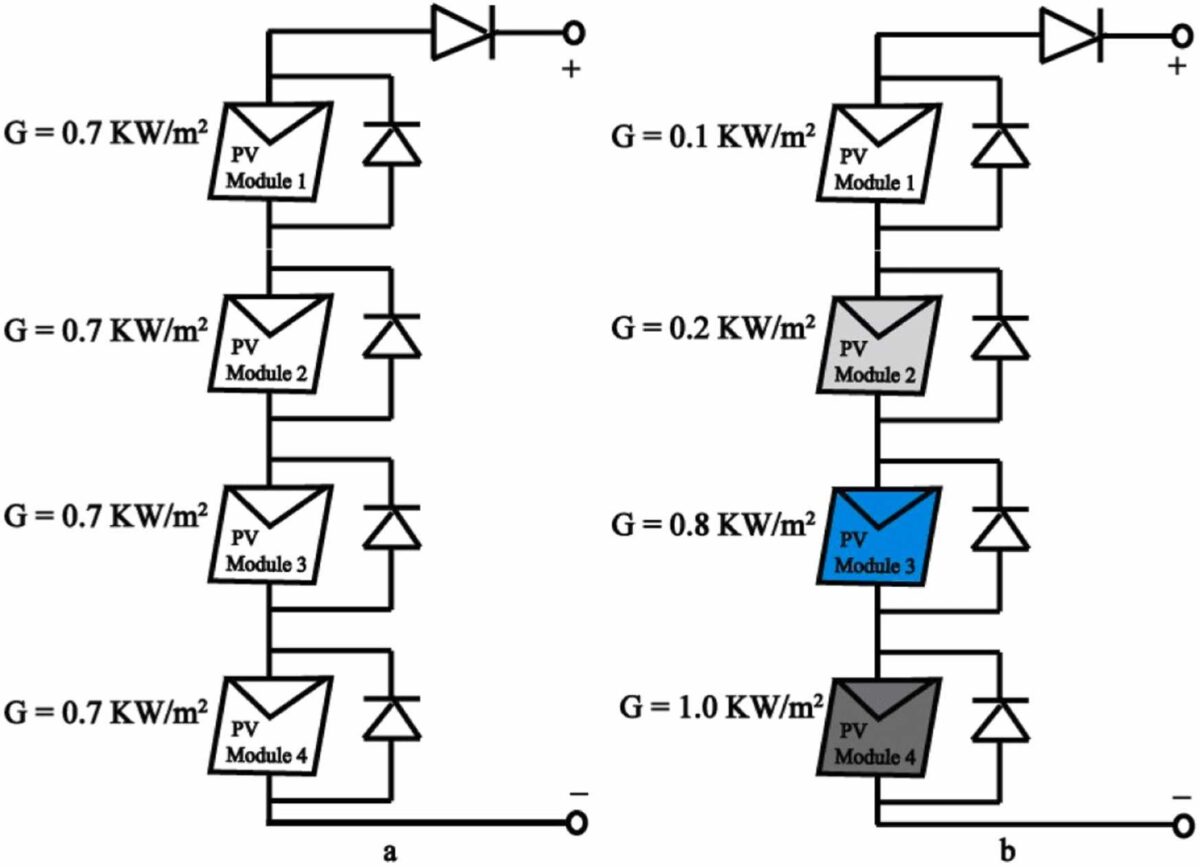Novel MPPT technique based on Coronavirus algorithm – pv magazine International – pv magazine International
The proposed algorithm is intended for harvesting the maximal power in PV systems operating in varying weather scenarios. According to its creators, the new approach can be applied on a low-cost microcontroller.
February 1, 2024
A Polish-Pakistani research team has developed a Coronavirus optimization (CVO) algorithm for maximum power point tracking (MPPT) in PV systems operating under partial and complex shading conditions.
The CVO algorithm mimics the behavior of persons who try to stay healthy and slow down the spread of COVID-19 by observing the containment protocols. It is implemented in three steps – social distancing, quarantine, and isolation.
“The most remarkable aspect of the CVO method is that it is capable of terminating at any time without using any parameter,” the researchers stressed. “This condition arises due to recovering and dead individuals continuing to expand over time, and the newly infected individual is unable to infect new people. At a specific number of iterations, infected persons are predicted to rise. Furthermore, because dead and recovered individuals are in large numbers, unhealthy people decrease over time. So, the newly infected individuals would be smaller compared with the current size from a specific iteration onward.”
The algorithm considers uniform irradiance (UI), partial shading (PS), and complex partial shading (CPS) conditions. A mathematical model is implemented to distinguish the UI, PS, and especially CPS conditions in PV installations. “To evaluate performance from the perspective of efficiency, Global Maxima (GM) searching time, and steady-state response, statistical analysis is used,” they explained, noting that the output power of an array is the objective function that must be optimized.
Popular content
The group compared the performance of the CVO algorithm with that of seven well-known algorithms used for MPPT: Perturb and Observe (P&O); Incremental Conductance (InC); Dragonfly Optimization (DFO); Cuckoo Search (CS); Fruit Fly Optimization (FFO); Particle Swarm Optimization (PSO); and Ant Colony Optimization (ACO).
The analysis showed that the proposed algorithm offers better performance than that of all other algorithms. “Results show that the CVO algorithm has zero oscillation with the lowest settling and convergence time of 0.49 s and 0.51 s respectively,” the group emphasized, noting that it can be easily applied on a low-cost microcontroller. “The proposed CVO algorithm has the highest efficiencies of 99.99%, 99.98%, 99.97%, and 99.98 for UI, PS1, PS2, and CPS accordingly among all techniques that are under-considered.”
The scientists introduced the algorithm in the study “A Coronavirus Optimization (CVO) algorithm to harvest maximum power from PV systems under partial and complex partial shading conditions,” published in Energy Reports. “The proposed algorithm is also much needed to extend its execution for decentralized as well as distributed PV energy systems,” they concluded.
This content is protected by copyright and may not be reused. If you want to cooperate with us and would like to reuse some of our content, please contact: ed*****@pv*********.com.


